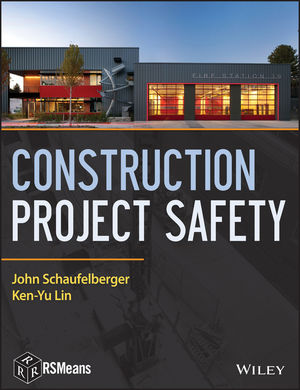Does your construction company need an ergonomics program?

Credit: Getty Images
Some of the most common injuries in construction occur when workers lift, stoop, kneel, twist, grip, stretch, reach overhead, or work in other awkward positions to perform a task. These musculoskeletal disorders (WMSDs) can include back problems, carpal tunnel syndrome, tendinitis, rotator cuff tears, sprains, and strains.
An ergonomics program can be a valuable way to reduce injuries, improve worker morale, and lower workers’ compensation costs. It may even increase productivity.
There may be a particularly urgent need for an ergonomics program at your site if:
- Injury records or workers’ compensation claims show excessive hand, arm, and shoulder problems; low back pain; or carpal tunnel syndrome.
- Workers often say that some tasks are causing aches, pains, or soreness, especially if these symptoms do not go away after a night’s rest.
- Other businesses similar to yours have high rates of work-related MSDs.
Effective ergonomics programs have included the following elements:
- Employer commitment of time, personnel, and resources
- Someone in charge of the program who is authorized to make decisions and institute change
- A system to identify and analyze risk factors
- Worker and management training
- Medical care for injured workers
- Maintaining good injury records
- Regular evaluation of the program’s effectiveness.
For additional information on developing an ergonomics program, see Elements of Ergonomics Programs (NIOSH Pub. No. 97-117).
Source: Simple Solutions: Ergonomics for Construction Workers. Click here to access this NIOSH booklet.
Looking for a reprint of this article?
From high-res PDFs to custom plaques, order your copy today!








